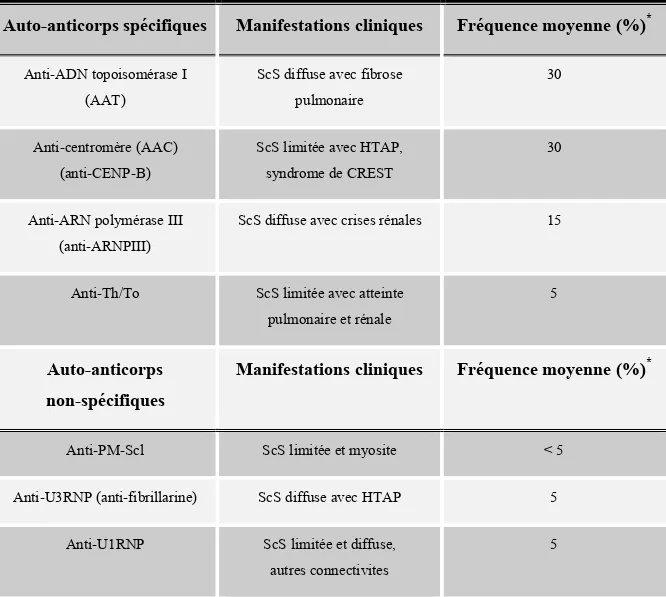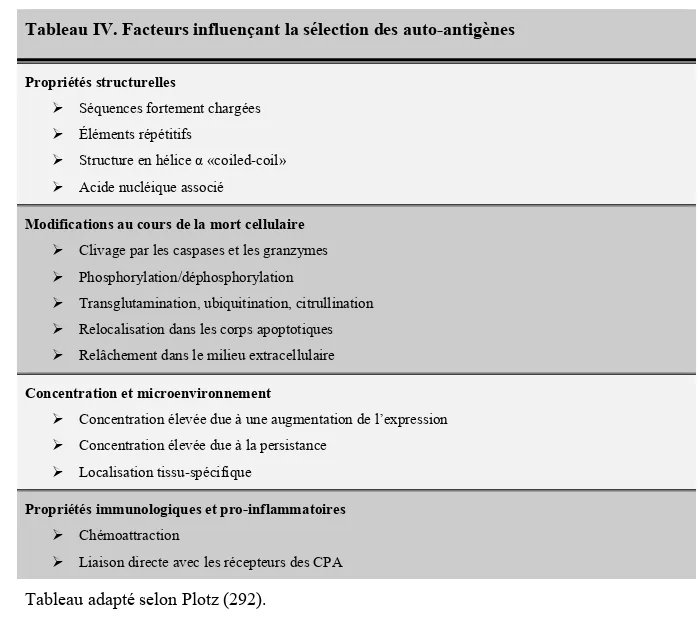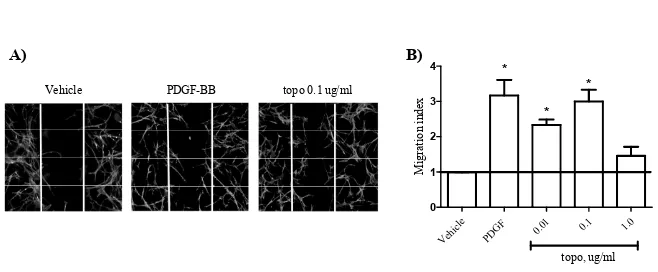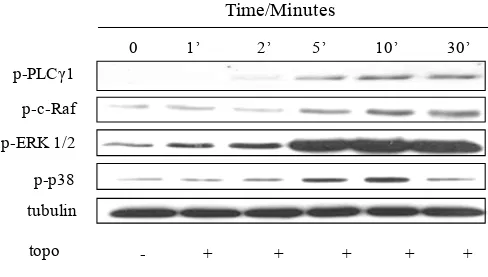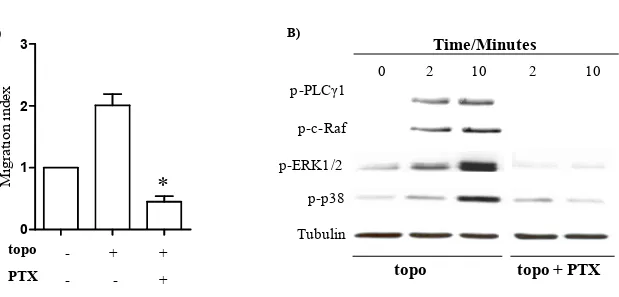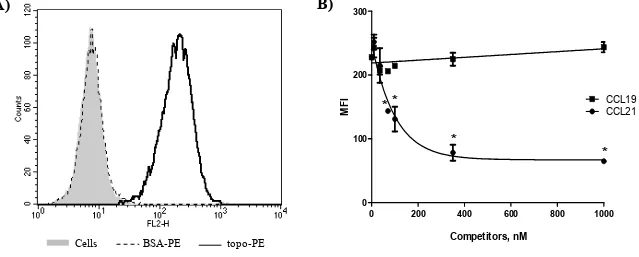Caractérisation de l'interaction de l'auto-antigène ADN topoisomérase I avec les fibroblastes dans la sclérose systémique
Texte intégral
Figure

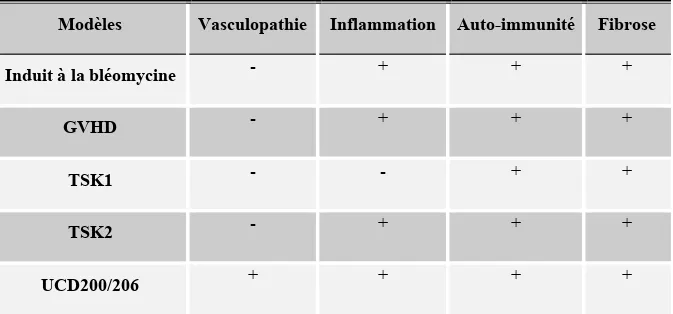
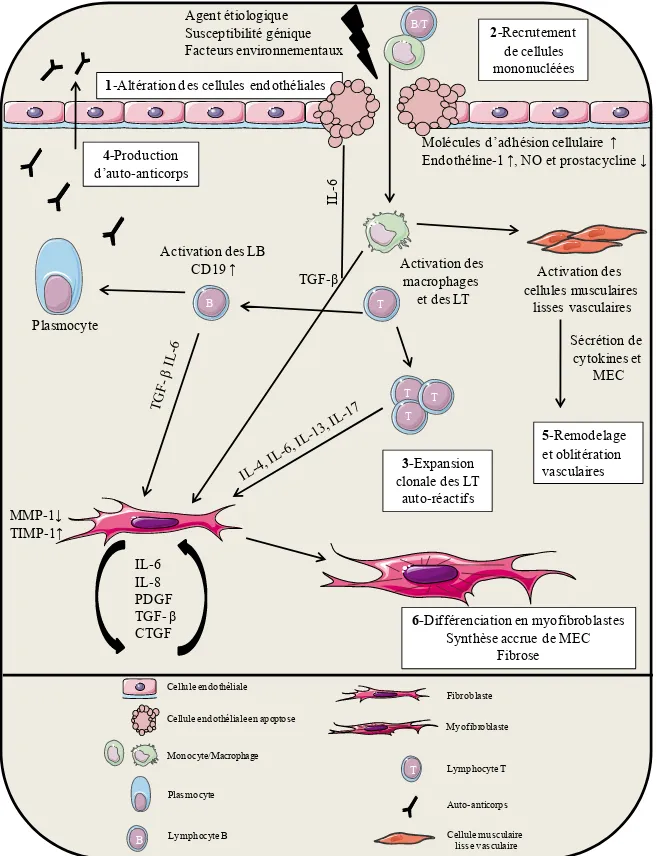

Documents relatifs
(A) Nerve Growth Factor (NGF), (B) Brain-Derived Neurotrophic Factor (BDNF) and (C) Neurotrophin-3 (NT-3) concentrations measured by ELISA in systemic sclerosis (SSc) patients
Figure 1 Correlation between lesional skin levels of cytokine human vascular endothelial growth factor (VEGF) and eczema area and severity index (EASI) score in patients with
Based upon these previous data, the aim of the present study was to evaluate whether serum soluble TWEAK could be a reliable biomarker of neuroinflammation in MS patients. We
(B) Flow cytometry analysis of TH17 cells expressing CD146 in PBMCs from patients with SSc treated with sCD146: Fluorescence intensity of CD146 is higher on TH17 cells from
1962 ; MacHardy and Gadoury 1986 ), temperatures <10°C during morning hours delayed the stimulation of spore release by 2 to 3 h despite the quantitative differences in the rate
Proteins recognised by immunoglobulin G (IgG) in at least 75% of pools of patients with diffuse cutaneous systemic sclerosis (dcSSc) and/or limited cutaneous systemic sclerosis
MPs, microparticles; EMPs, endothelial cells derived microparticles; PMPs, platelets derived microparticles; HD, healthy donors; SSc, systemic sclerosis; MTX, methotrexate;
endothelial biomarkers of damage and repair, this study identifies the mobilisation of CD34 + CD45 − EPCs and high levels of s-Fractalkine as specific features of SSc-
